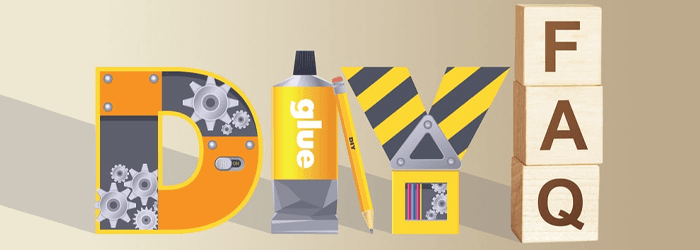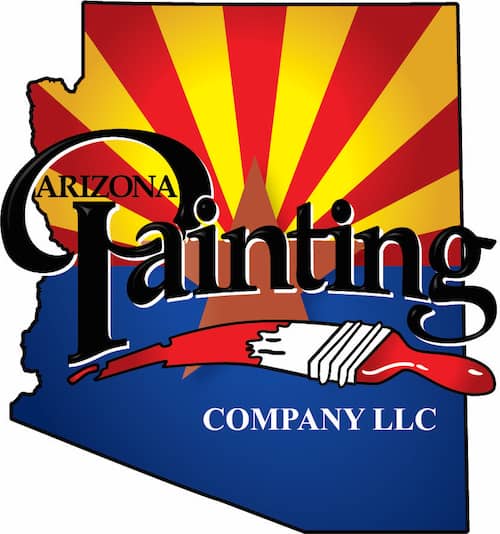WATER PREPAREDNESS FOR EMERGENCY SITUATIONS
The human body can only survive two-three days without water. When storing for an emergency it’s important to have more “first need” water for drinking than you anticipate using, along with “second need” water for cleaning and sanitation.
So how much drinking water should you store for your family? According to Mayo Clinic’s website, the average man should drink 13 cups of water per day and women should drink 9 cups. For a husband & wife that would be 22 cups or 1 1/3 gallons. A standard five gallon jug would last about 4 days if strictly reserved for drinking.
Calculating for secondary needs is a little more time consuming. Think of all the ways your family consumes water on a daily basis, in fact it’s a great idea to journal your water use for a week to really help bring home the reality of how much we use in modern America. From dawn to dusk we shower, shave, brush our teeth, and make and clean up three meals with the kitchen sink and dishwasher. Also consider laundry, ice maker, house cleaning, pets…and many of these require the operation of our water heater! Yes indeed, it’s a LOT of water! Obviously, in an emergency situation, many of these daily routines will not apply or be realistic to carry out. Having a journal will help you identify the water use in your life, organize, prioritize and prepare.
Storage & Containers
First Needs & Second Needs
- Water Plastic 12 oz. | Water Bottles by the cases: Perfect for a fast drink, easy to carry, easy to share.
- Available anywhere groceries are sold.
- Stainless Steel Water Bottles | Aside from being a reliable container for many years, it can also replace the amount of plastic bottles we consume each day by refilling when empty instead of buying a new bottle.
- Stackable Water Containers | Available in 3.6 and 1.6 gallon sizes, the water brick stacks and carries brilliantly! This system allows you to start small and build as needed and preparedness awareness increases. They are also suitable for a host of other dry storage items including food, first aid, ammunition, etc.
- Water Barrels | Ideal for larger families and available in 15 to 55 gallon sizes. These are great for secondary need storage, especially the 15 gallon barrel as it is narrow enough to be stored next to the toilet. This will allow you to fill the tank of the toilet for flushing. Toilet tanks use anywhere from 1.6 to 3 gallons per flush. This will also provide water to the bathroom sink and shower/tub.
- Accessories for barrel storage units:
- Water Tanks: For most people, these 250+ gallon tanks are overkill. However, if you are in a remote place or you are working with a community for emergency preparedness, this is for you!
- Bathtub bladders: Yes you could also plug the drain and fill the tub, but this will keep the water clean and prevent evaporation.
SPECIAL NOTE: For water stored in containers, it’s strongly suggested the water first be treated with Aquamira droplets, or other comparable treatment drops, which will prevent bacteria or algae growth for up to five years.
Purifying & Filter
First Need: Drinking Water
- Boil the water: Gas and propane burners for campers are great to have on hand. Chances are if the water isn’t running the electricity in your home is down as well. These are also light and designed to travel with you.
- Hiker’s Filter: Bigger and bulkier than the Life Straw (listed below) and also requires a container to filter the water into. However, it is much easier to fill water containers for long distance hiking (than it is with the Life Straw) and filters up to 13,000 gallons of water, depending on the model you purchase.
- In Home Filtration: Also great for a second home or cabin and in mining towns where mineral content in the water table is high. Most come with two options for filters, stainless steel and ceramic. Both have advantages and in an ideal situation you would have both installed in the filtering tank. These also filter the chlorine out of swimming pools making it safe to drink, which many will not.
- UV Light Purification SODIS: This is a very interesting method of purification using the sun. we have not personally tried it, but it’s worth sharing as the Water Quality Association recognizes UV as an acceptable form of water purification. This is also a great way to recycle plastic bottles.
Making Water in the Desert
First Need: Drinking Water
- Even in a dry arid desert, there is still moisture in the air, soil and plants. If you know how to condense the moisture into water, you can make enough to drink to survive on. This is taught by many survivalists, Arizona Game & Fish and Scouting. Here is the best online tutorial we have found thus far.
Emergency Drinking Water
First Need: Drinking Water
- Life Straw: Filter as you drink! Perfect for backpacks, bug out bags or just hiking in outdoors! The only problem is, you must locate the water first, which can be difficult in the desert. A necessity, but not a cure all. Filters over 200 gallons of water.
- Hydropack: Not as effective as the life straw and requires the water to first be placed in a container that might not always be available. But none the less, light, effective and worth having a few on hand because you never know…
- Water packets: These 4.5 oz. Mylar sealed water packets are perfect for the back up to the back up! Place in you glove box, purse, utility closet or pantry, etc. and it will be there when you need it!
- SOS Food Lab available locally at Allied Surplus.
Hygiene & Sanitary Water Use Items
Second Needs Water: Cleaning and Sanitation
- Camp Shower No running water and in need of a shower? Fill a five gallon bucket, punch holes in the lid and hang upside down in your shower or yard. There are also a number of professionally designed camp showers popular with campers and outdoorsman.
- Available at most sporting goods stores including Cabela’s
- Portable Bidet: Running water, toilets and toilet paper is arguably the most significant difference in quality of life and hygiene in American homes compared to third world countries. In cases of no running water and/or no toilet paper…what would you do? Rely on your portable handheld bidet of course!
Sources of Water In Our Homes
- Melting Ice from ice maker
- Toilet TANK (not bowl)
- Water Heater
- Pool and/or water feature. If treated regular with chemicals, use as a last resort only for First Use drinking water after filtering
Well Owners
If the power is out, manually drawing water from your private or shared well will greatly increase the options your have in an emergency. Aside from installing a windmill, here are two practical options.
- Bison Pumps – This pump screws onto the top of modern day well shafts and can draw water up to 400 deep. Many wells in Arizona are deeper so make sure you know where your water table depth is.
- Torpedo Well Buckets – As long as there is water down the well and you have rope long enough to reach it, you will get water using the torpedo well buckets. NOTE: The interior pipe of the well shaft must first be removed before the torpedo will fit down the well.
Retailers
Local and online retailers for the items listed on this page.
| Retailer | Arizona Location(s) | Online Store |
| BassPro Shop | Mesa | www.basspro.com |
| Big 5 Sporting Goods | Multiple Locations | www.big5sportinggoods.com |
| Cabela’s | Glendale | www.cabelas.com |
| Gear Up | Scottsdale | www.gearupcenter.com |
| Off the Grid Survival Gear | Prescott | www.offthegridsurvivalgear.com |
| Lehman’s | ONLINE ONLY | www.lehmans.com |
| REI | Phoenix, Tempe, Tucson | www.rei.com |
| Sportsman’s Warehouse | Multiple Locations | www.sportsmanswarehouse.com |
###















